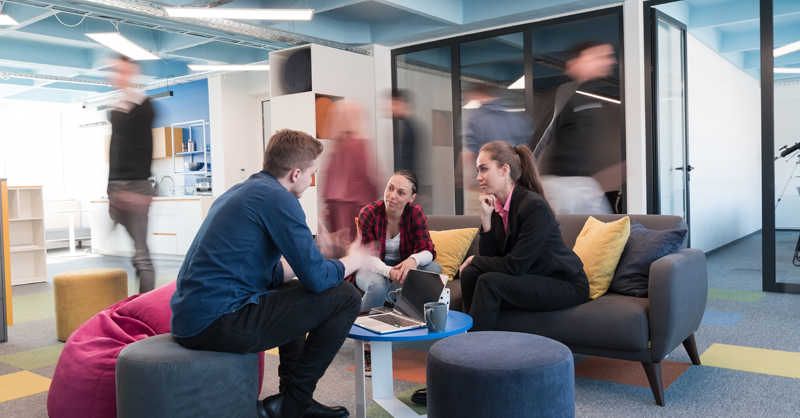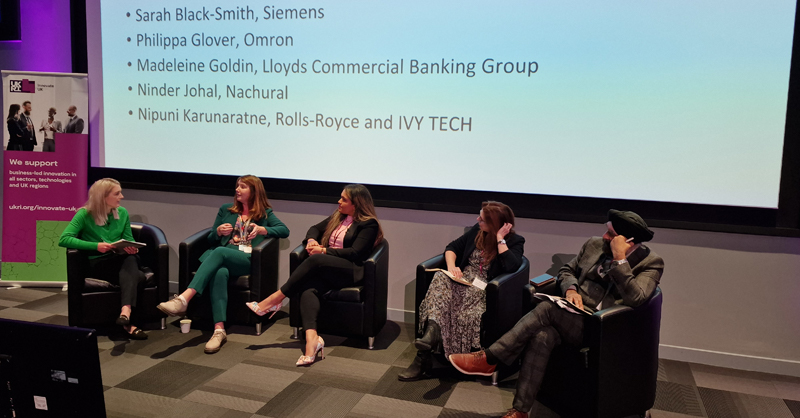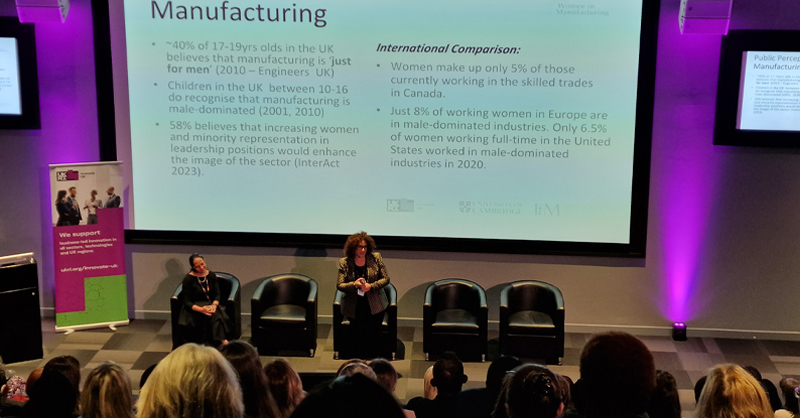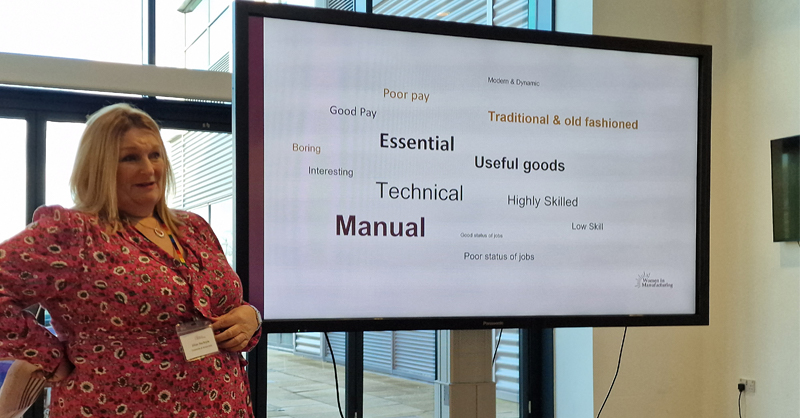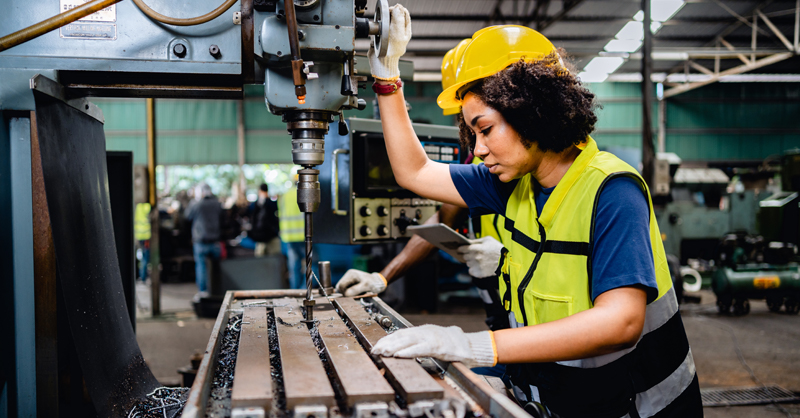This article was originally published on the OECD COGITO blog
Mariachiara Barzotto, Felicia Fai, Philip Tomlinson (University of Bath), Mattia Corbetta (OECD) and Wessel Vermeulen (OECD Trento Centre)
Since the pandemic, co-working spaces have exploded in popularity. The number of people working in these spaces worldwide is predicted to double in 2024, relative to 2021, reaching 5 million users. They offer an accessible, flexible mode of working that appeals to professionals, leading policy makers to look for ways to harness their potential to drive growth. But can they also have a role in making growth more inclusive?
More than just a desk
Co-working spaces (CWs) come in various forms. The physical spaces range from adaptable layouts in industrial settings, including converted warehouses and historic buildings, to specialised studios tailored for comfort. They can be for-profit companies and non-profits, and many are supported by local governments or regional development agencies.
Public support can be directed to the owners of a co-working space. For instance, local governments have provided financial support to run a co-working space or incentives for the creation of co-working spaces in unused public buildings. In other cases, the use of co-working spaces can be encouraged, for instance through the provision of vouchers to freelancers, self-employed workers and businesses.
Co-working spaces offer cost-effective solutions for individual users through shared infrastructure. Moreover, they foster a diverse in-house community for start-ups, entrepreneurs, freelancers and companies. Firms of all sizes increasingly use co-working spaces to allow their employees to work away from headquarters, resulting in a trend where office workers now live further from their jobs than they did before the pandemic.
As a hotbed of new activities, from fostering entrepreneurship to networking among workers from different companies, co-working spaces may provide a boost to local economies. For instance, the Ludgate Hub in County Cork, Ireland, can point having created over 300 new jobs in the region. However, there are more ways in which co-working spaces can benefit their communities.

How co-working spaces can make local labour markets a little more inclusive
Many co-working spacess have become vibrant community hubs, closely integrated with their local environments. A 2019 study on co-working spaces in Italy reported that three-quarters of the surveyed coworkers noted a beneficial impact on the urban and local context. Due to their connections with local communities, evidence is also mounting that co-working spaces can support those facing challenges in the labour market in at least three ways.
First, by providing a convenient solution for workers with family or caring responsibilities. A national panel survey of 2 500 working parents conducted by Harvard Business Review revealed that “nearly 20% of working parents had to leave work or reduce their work hours solely due to a lack of childcare. Only 30% of all working parents had any form of back-up childcare, and there were significant disparities between low and high-income households”. Some co-working spaces, like The Tribe in Devon, UK, tailor their support and community building to focus on the needs of women – especially working mothers and carers. Others, like Coworking Toddler in Hannover and Berlin, Germany, take a step further by providing workplaces that integrate professional settings with childcare, enabling parents to concentrate on their work while their children are cared for in an adjacent daycare facility.
Second, by providing a space for more experienced workers to share their knowledge with individuals Not in Education, Employment or Training (NEETs) and other vulnerable groups. Co-working spaces have been actively creating opportunities for young artisans to work alongside experienced professionals, some retired, who are eager to pass on their manufacturing expertise. For instance, Fablab in Verona, Italy, and Center-Rog in Ljubljana, Slovenia, provide an entry point for people of all age groups to learn new skills, with trainings offered ranging from 3D-printing to food preparation.
Third, by supporting the attraction and retention of high-skilled workers. Co-working spaces can contribute to the retention of local workers by providing them an option to combine remote work with occasional office attendance. This is particularly critical in rural areas, as it allows such places to retain and attract high-skilled workers, for instance, in the Ems-Achse, a group of mostly rural districts in north-west Germany. However, co-working spaces also provide these high-skilled remote workers with a vital connection to the local community, through which they can share knowledge and inspire others.
Supporting innovative initiatives
In short, co-working spaces can provide communities with valuable new hubs that can connect workers, helping share knowledge, skills, and opportunities. This can help regions address pressing labour shortages and skills gaps while supporting vulnerable workers into new opportunities. Many local governments and employment agencies are therefore finding creative ways to support co-working spaces as part of a broader strategy to build thriving communities.
“In my experience, my coworking community helps more with mental health balance for my coworkers – as most come to my space for the social links that are created here. The networking aspect which stems from this means that most of my coworkers have used services offered by other coworkers (coaching, communications services, building renovation …) or collaborated with other coworkers on projects (an architect with an interior designer, two coaches on a new service offering…).”
Antonia Mahon, Founder of The Hub in Sèvres, France

